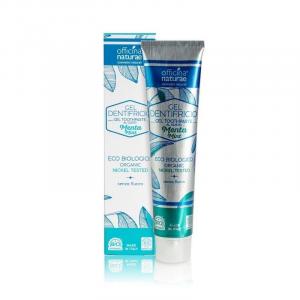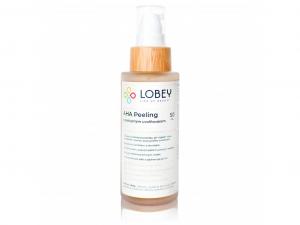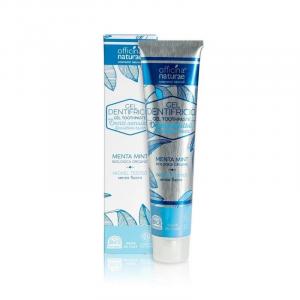Cellulose rubber
Other names: Cellulose gum, E466, cellulose gum
Harm score: 2 (Derivatives of natural substances)
Cellulose gum, also known as Celulose gum or E466, is a substance that can be found in a wide range of food and cosmetic products. It is a thickener and stabilizer that helps maintain the structure of foods and prevents their decomposition. Its presence in foods can improve their appearance, taste and shelf life. Cellulose gum is derived from cellulose, a naturally occurring polysaccharide found in the cell walls of plants.
Cellulose gum is used in a large number of food products. For example, it can be found in baked goods, dairy products, ice cream, sauces, dressings and soups. In ice cream it helps to achieve a smooth and creamy consistency. In baked goods, it acts as a stabiliser, helping to maintain the shape and texture of the product throughout its shelf life. In cosmetic products such as creams, hairsprays and toothpaste, cellulose gum helps to create a smooth and pleasant texture. This substance is also a common ingredient in some medicines and food supplements. The safety of cellulose gum is regulated by European legislation and is considered safe for consumption.
Cellulose rubber can be found in the following products

Ecobio Whitening Mint Toothpaste (75 ml) - Fluoride Free
Product detail
Toothpaste with mint BIO (75 ml) - takes care of tooth enamel and gums
Product detail
AHA Gradual Release Peeling 50 ml
Product detail
Diaper rash cream 50 ml
Product detail
Toothpaste with aniseed BIO (75 ml) - combination of medicinal herbs
Product detail